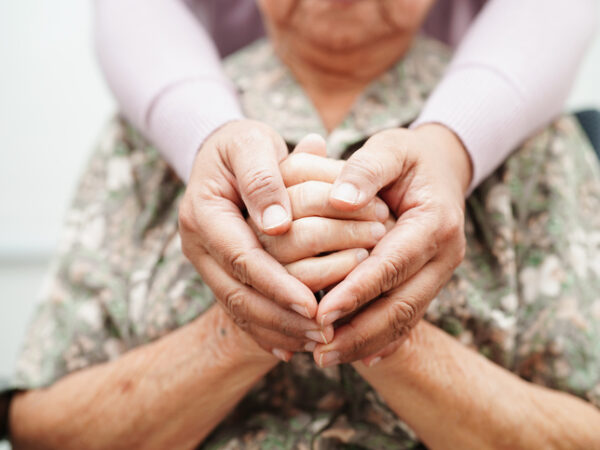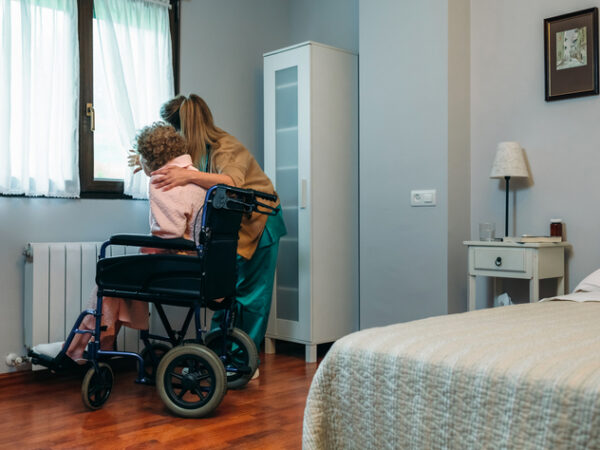Thanks to advances in emergency medical treatment and greater public education, many people who suffer a stroke will return home to recover. Family and friends provide most care following a hospital stay and research shows that over time, the burden of caregiving can lead loved ones to neglect their own health. Stroke caregivers need supportive friends of their own.
According to a recent article in The Conversation, stroke is a major cause of disability in Canada and roughly 40 percent of people who suffer a stroke will have lasting symptoms that affect their health. After leaving the hospital, between 80 and 90 percent of care for stroke victims is provided by friends and family.
In mild stroke cases, when blood flow to the brain is briefly interrupted, weakness or numbness in parts of the body will quickly return to normal. But in more moderate and severe strokes, these effects can be longer-lasting, or even permanent and cause physical and cognitive disabilities. In addition to making daily tasks such as dressing, bathing, and eating more difficult, damage from a stroke can also lead to communication and swallowing problems, mobility issues, changes in personality, depression, anxiety, and chronic fatigue.
Rehabilitation programs are usually provided to people recovering from a stroke on an outpatient basis, several times a week, and caregivers often participate in these sessions to provide support and learn more about stroke recovery. Taking on the role of informal caregiver can be rewarding for loved ones but it can also carry a heavy toll physically and emotionally.
Creating a support network of friends, family, and respite support programs is essential to help caregivers avoid burnout, depression, isolation, and declining health. Caregivers need time to exercise, attend health appointments, enjoy socializing with friends, or participate in a support group. Greater awareness of community-based programs and access to these services can help support the growing number of family caregivers who provide essential care to community-dwelling patients.






Add Your Voice
0 Comments
Join the Discussion